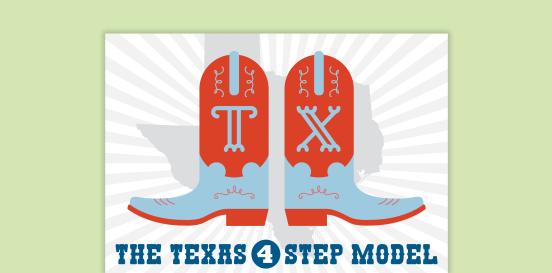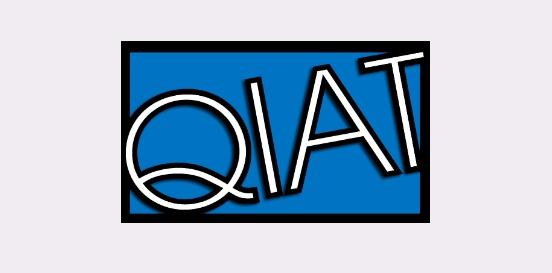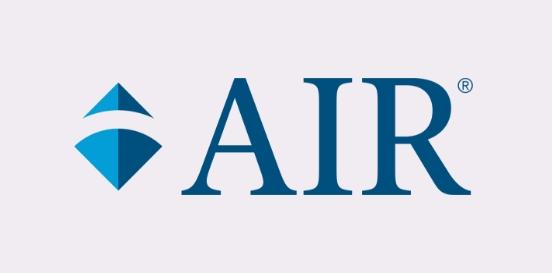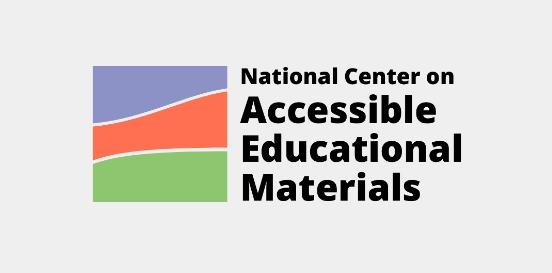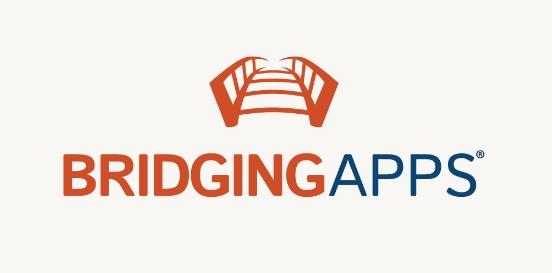Braille Writer/Brailler
A manual or electronic device used to produce braille by the student or the Teacher for Students with Visual Impairments (TVI).
Considerations
Take the following considerations into account when selecting and implementing AT to ensure that the chosen tools are well-suited to the student’s needs, align with their goals, and seamlessly integrate into their educational journey. By embracing a collaborative approach and considering the specific skills, tasks, and implementation context, educators can provide students with the necessary support to thrive academically and functionally, promoting inclusivity and fostering their overall success.
Skills and Tasks What skills or tasks will the student utilize this tool for? What areas, functional or academic, does this tool support?
Creating braille materials
Implementation Context In what activities, classes, or environments will the student utilize this tool?
A braille writer/brailler is an assistive technology device used by individuals who are blind or visually impaired to produce braille text. It typically consists of a keyboard with six keys corresponding to the six dots of a braille cell. By pressing combinations of these keys, users can create braille characters.
As the user types, the braille writer/brailler embosses the corresponding braille dots onto paper, allowing the user to read what they have written tactilely. Some modern braille writers/braillers also have features like electronic storage, allowing users to save and edit their work before embossing it onto paper. These devices play a crucial role in enabling individuals with visual impairments to communicate effectively through written text.
- Educational materials: Teachers and educators use braille writers to produce textbooks, worksheets, and other instructional materials in braille for students with visual impairments.
- Personal use: Individuals who are blind or visually impaired use braille writers to write letters, notes, and personal documents.
- Accessibility: Braille writers enable the production of accessible content in various settings, ensuring that people who are blind or visually impaired can access written information.
- Professional and administrative uses: In workplaces or organizations that employ individuals who are blind or visually impaired, braille writers are used for creating reports, memos, and other professional documents.


